Buy the photo Foggy sunrise at a rapeseed field by Jeroen de Jongh Photography on canvas, ArtFrame, poster and wallpaper, printed on demand in high quality.
About "Foggy sunrise at a rapeseed field"
by Jeroen de Jongh Photography
About the artwork
The Werk aan de Groeneweg is a Dutch position, and national monument, along the river Lek on the Eiland van Schalkwijk, near the village of Schalkwijk.
Part of the Nieuwe Hollandse Waterlinie and built during the mobilisation of World War I, the Werk aan de Groeneweg is located 1,700 metres east of Fort Honswijk and had to withstand a possible direct attack from the east. It consisted of an earthen wall with trenches and moats. It ran from the Achterdijk to the floodplains of the river Lek. Shelters were also built of reinforced concrete.
In 1936, ten shelters were converted into casemates. During World War II mobilisation in 1939 and 1940, the Work was expanded with tank barriers, machine gun emplacements and new shelters.
The site was partially levelled. The dozens of group shelters and casemates can still be seen in the landscape. Between and around the casemates are tall-stemmed fruit trees, shrubs, and rapeseed fields which, especially at sunrise in the mist, provide a special backdrop.
Rapeseed is a typical spring plant of the crucifer family that can grow more than 1 metre tall. The plant rapidly colours many roadsides in a bright yellow splendour in late March and early April.
Oilseed rape is an annual or biennial mutant plant from the crucifer family. Rapeseed is an important field crop worldwide. In the months of April and May, the bright yellow fields are attractive to day trippers.
Fog is a weather phenomenon where small water droplets float in the air as an aerosol, limiting visibility. Fog can form by cooling very humid air (to below the dew point) or by mixing cold with warm humid air.
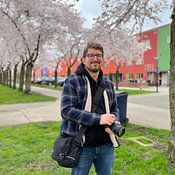
About Jeroen de Jongh Photography
I'm Jeroen, and I'll spare you the long introduction. ;) If you're looking for a landscape photo for your wall, you've come to the right place... Read more…
 Netherlands
Netherlands Ordered in October 2022
Ordered in October 2022
 Netherlands
Netherlands Ordered in October 2021
Ordered in October 2021
 Netherlands
Netherlands Ordered in November 2023
Ordered in November 2023
 Germany
Germany Ordered in August 2023
Ordered in August 2023
 Netherlands
Netherlands Ordered in June 2019
Ordered in June 2019
 Germany
Germany Ordered in February 2022
Ordered in February 2022
 Netherlands
Netherlands Ordered in July 2020
Ordered in July 2020
 Netherlands
Netherlands Ordered in May 2023
Ordered in May 2023
 Germany
Germany Ordered in September 2019
Ordered in September 2019
 Netherlands
Netherlands Ordered in September 2020
Ordered in September 2020
 Netherlands
Netherlands Ordered in November 2023
Ordered in November 2023
 Netherlands
Netherlands Ordered in May 2018
Ordered in May 2018

About the material
ArtFrame™
Interchangeable Art Prints
- High-quality print
- Easily interchangeable
- Acoustic function
- Large sizes available
Discover the artworks of Jeroen de Jongh Photography
 Full moon at the flower marketJeroen de Jongh Photography
Full moon at the flower marketJeroen de Jongh Photography Lange HavenJeroen de Jongh Photography
Lange HavenJeroen de Jongh Photography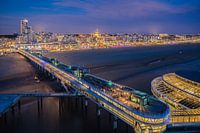 Scheveningen PierJeroen de Jongh Photography
Scheveningen PierJeroen de Jongh Photography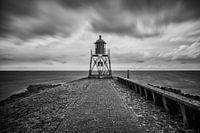 Lighthouse StavorenJeroen de Jongh Photography
Lighthouse StavorenJeroen de Jongh Photography April 25th BridgeJeroen de Jongh Photography
April 25th BridgeJeroen de Jongh Photography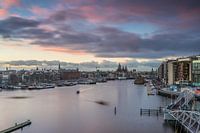 OosterdokJeroen de Jongh Photography
OosterdokJeroen de Jongh Photography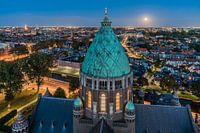 Climb to the lightJeroen de Jongh Photography
Climb to the lightJeroen de Jongh Photography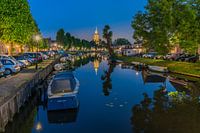 MonnickendamJeroen de Jongh Photography
MonnickendamJeroen de Jongh Photography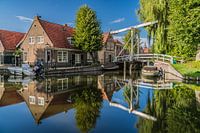 Zonnepad MonnickendamJeroen de Jongh Photography
Zonnepad MonnickendamJeroen de Jongh Photography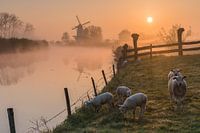 Mill de Vlinder on a misty morning in the BetuweJeroen de Jongh Photography
Mill de Vlinder on a misty morning in the BetuweJeroen de Jongh Photography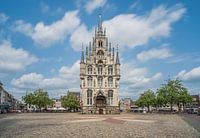 Town Hall of Gouda at the MarketJeroen de Jongh Photography
Town Hall of Gouda at the MarketJeroen de Jongh Photography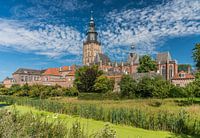 Swans at the skyline of ZutphenJeroen de Jongh Photography
Swans at the skyline of ZutphenJeroen de Jongh Photography Quiet autumn morning in the park of Groeneveld CastleJeroen de Jongh Photography
Quiet autumn morning in the park of Groeneveld CastleJeroen de Jongh Photography Magical sunrise at the Amstelveense PoelJeroen de Jongh Photography
Magical sunrise at the Amstelveense PoelJeroen de Jongh Photography Sunrise in the cherry blossom park of the Amsterdamse BosJeroen de Jongh Photography
Sunrise in the cherry blossom park of the Amsterdamse BosJeroen de Jongh Photography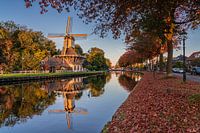 The last autumn sunlight on Mill 't HaantjeJeroen de Jongh Photography
The last autumn sunlight on Mill 't HaantjeJeroen de Jongh Photography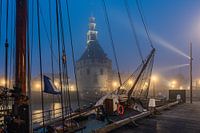 Hoorn's Hoofdtoren in the mistJeroen de Jongh Photography
Hoorn's Hoofdtoren in the mistJeroen de Jongh Photography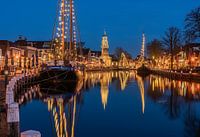 Illuminated ships on Christmas Eve in LemmerJeroen de Jongh Photography
Illuminated ships on Christmas Eve in LemmerJeroen de Jongh Photography Rocking in foggy RansdorpJeroen de Jongh Photography
Rocking in foggy RansdorpJeroen de Jongh Photography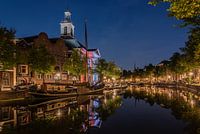 Peace and quiet at Schiedam's Lange HavenJeroen de Jongh Photography
Peace and quiet at Schiedam's Lange HavenJeroen de Jongh Photography
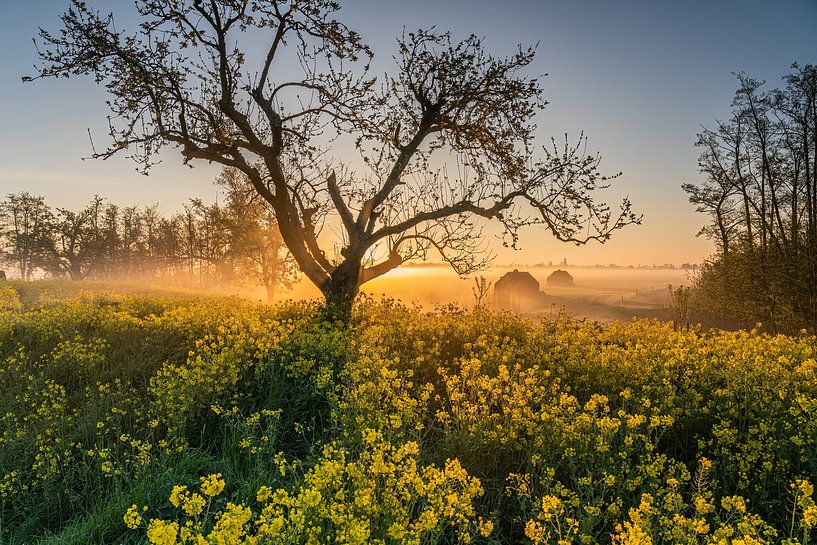












 Blossom
Blossom Europe
Europe Fog
Fog Gentle Whispers
Gentle Whispers Photo wallpaper
Photo wallpaper Photography
Photography Serene Peace
Serene Peace Sunrise
Sunrise The Netherlands
The Netherlands Vibrant Colors
Vibrant Colors Wood
Wood









